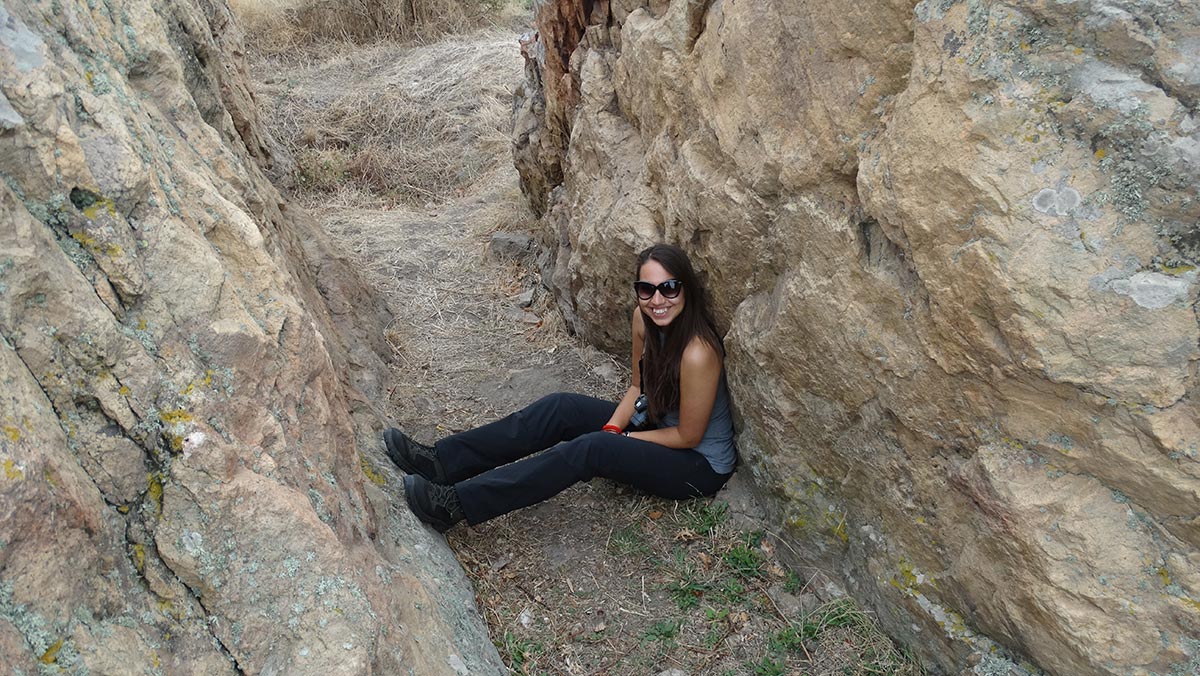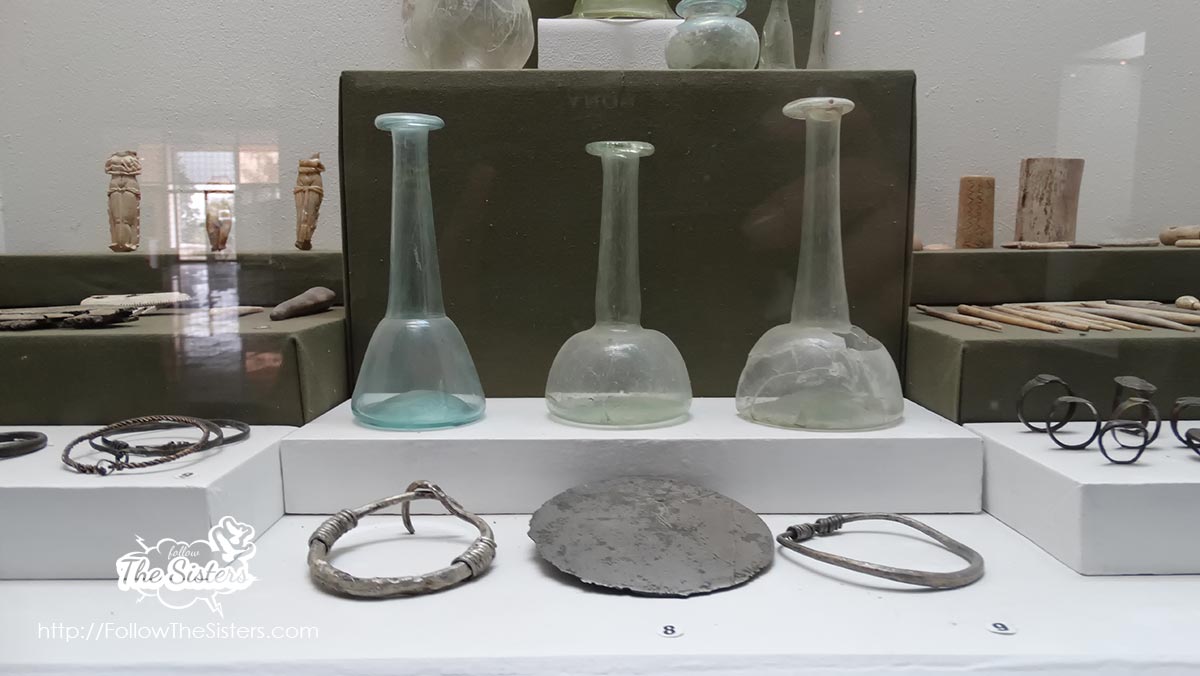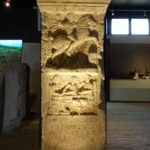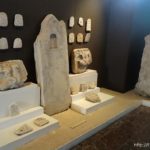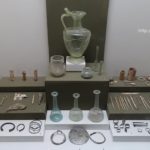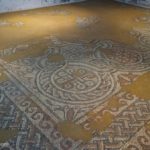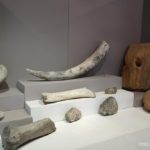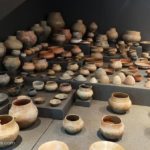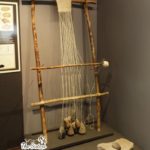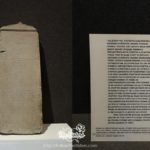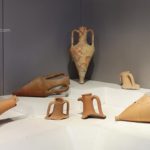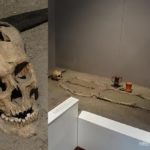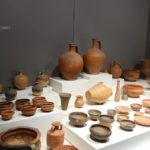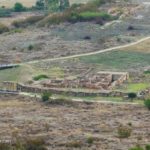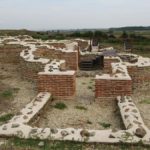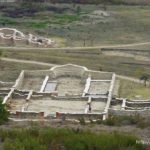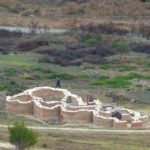Archaeologists have been trying to study Thracians for quite a while, yet we still know pretty much nothing about them. The one thing we know for a fact, however, is that their sanctuaries were located in spots with specific energy.
The very same applies to Kabile. Actually, an entire ancient mega polis was built over the centuries around that ancient Thracian sanctuary and its incredible location was used to heal the sick, perform religious rituals, and observe the skies.
Let me start with the most interesting part:
The healing powers of the Thracian sanctuary in Kabile
One of the unique things, recently discovered about this sanctuary are the geomagnetic anomalies there. They were embedded in the religious ceremonies of the ancient people who inhabited these lands. It is believed that the specific spots with high energy levels were used to help people achieve the state of trans before the rituals of worshiping the goddess Kibela. A quantum magnetometer (EPRAN-1203) was used to scan the area of the sanctuary which proved the existence of the geomagnetic anomalies and the positive affect it has on the human body.
Now, science aside, when Ellie and I went to Kabile we were dead tired. We had just spent several extraordinary days in Sliven and the area, but true to our exploring nature we did not stop going places and trying to make the most of our time. As usual – this comes at a price, and that price is tiredness. While waiting for the rest of the travel bloggers outside of Kabile, Ellie and I could barely stand on our feet. When we got up to the sanctuary, however, it took 10 minutes until we both felt refreshed and full of energy.
I will not say that it happened because there are some ghosts or some weird magic. It’s up to you to decide what was the cause. The only thing I’ll say is that next time I feel bad, I will pack up and go to a Thracian sanctuary. As “advanced” as we, modern people are, I feel we go further and further away from nature and it’s healing abilities. And after all – when it comes to the body – if Earth can’t cure it, then probably nothing else can.
The museum of Kabile
I will lie to you if I say that we’re big museum fans. We’re not. We’re huge history fans, but I’ve always felt that historians and archaeologists fail to deliver to the regular person the most simple thing: the relation of the history to the modern days. Don’t get me wrong – history is interesting. But let’s be honest – it’s mostly served in a boring way, and the talks (books) are usually so full of terminology, that unless you’ve studied it, you can’t understand a thing.
With the above in mind I’ll be honest: I did not remember much (if at all) from the history lesson in the museum of Kabile. What I remembered, however, is that the city was initially created 2000 years BC by the Thracians. It was later concurred by Alexander the Great, and years later by the Bulgarians (at the times called barbarian tribes). What astonished me (and I did not know until then) is that the Thracians were polygamous. See this little phials on the picture bellow? They were used by the Thracian women when their man dies. The one to collect the most tears received the largest part of his wealth and the remaining was split proportionally amongst the rest of the wives. Interesting system don’t you think?
As for the rest of the items in the museum: they all tell part of the great story of the former mega polis. Some of them helped scientists conclude that the nearby river was once much deeper and allowed for ships to sail on it (the pointed bottom of the jugs suggests they’ve been transferred on water). The variety of coins found there talks about the blooming market of the place and the great variety of people who passed. I cannot possibly tell you everything about it, but I certainly do think you should visit it and have a guide – you may find your own Thracian story that will entertain you as much as the “wealth separation” one amuses us.
Kabile: the city
As mentioned above, Kabile was first created by the Thracians more than 2000 years BC. It was then part of the Macedonian Empire, and later fell under the occupation of the Romans which turned it into a strategic military camp. A lot is there to be seen and if you have a soft spot for archeology, you’ll be fascinated. As for us – we can’t wait to find out how ancient Kabile’s history influenced modern day Bulgaria. Maybe there will one day be a historician who will be able to explain this.
Kabile’s Working hours: 8:00 – 17:00.
Ticket for the musem: 6 lev.
Entrance to the archeological park: 6 lev.

